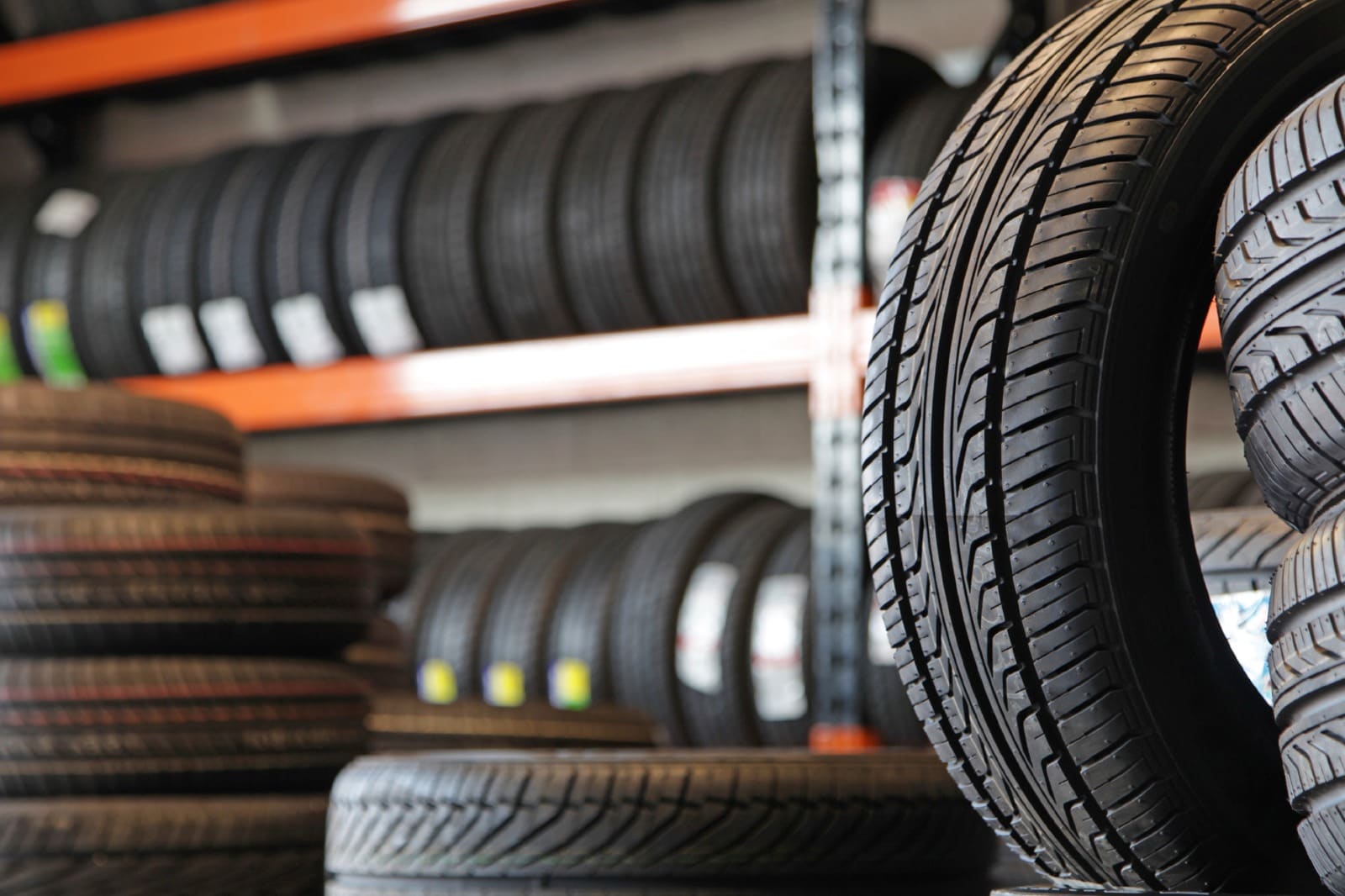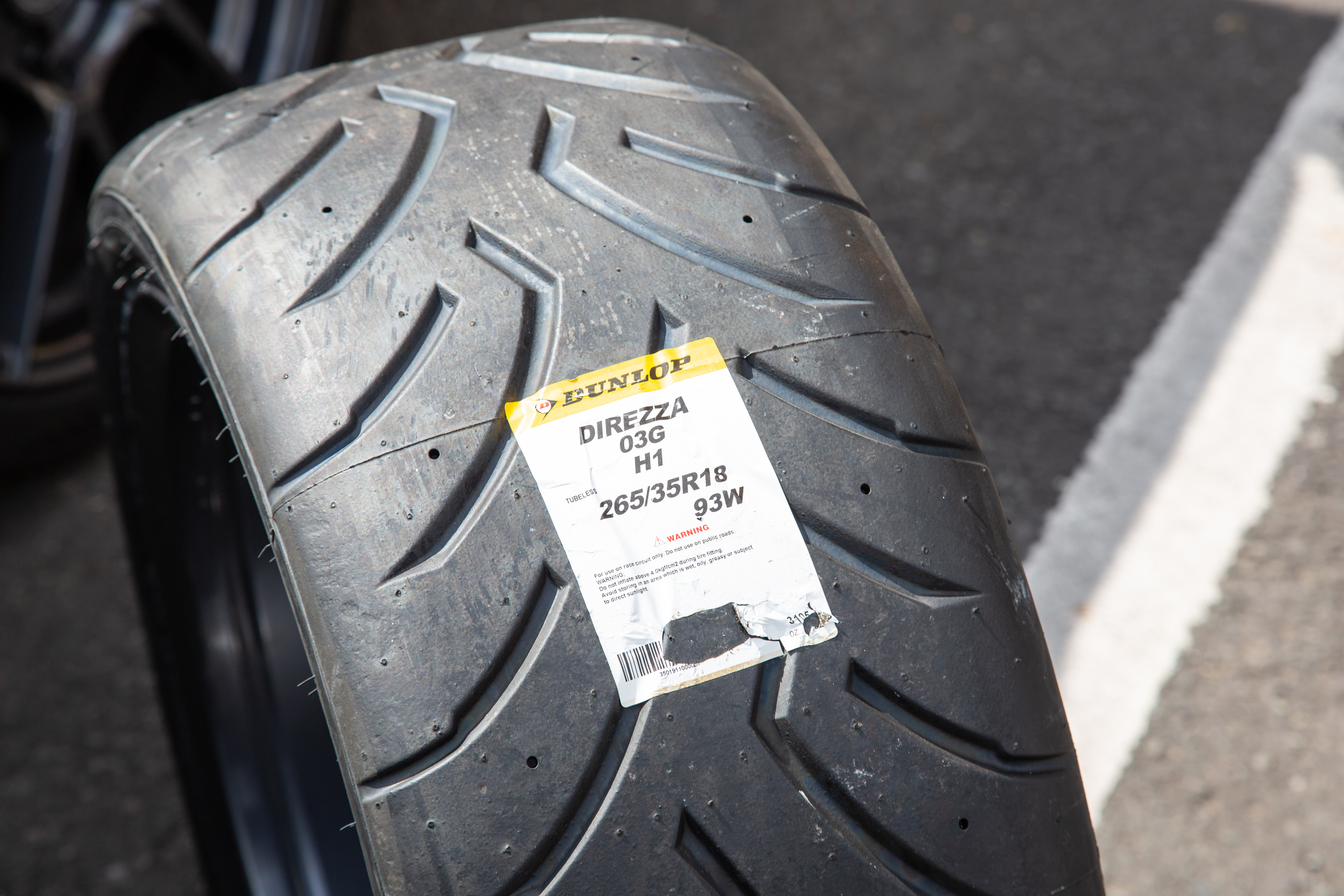All Categories
Featured
Table of Contents
I was able to get 100 hours out of one of these tires, and while it had definitely no tire lugs left on it, the soft substance made it function really wellas long as I was utilizing a soft mousse. Kitt Stringer photo Easy placing - 3Wear - 3Sidewall strength - 3Performance on roots - 4Performance on wet rocks - 2Traction on dust - 5Cornering capacity - 4Traction while braking - 4Self-clearing of dirt and mud - 3Performance in mud - 3Overall predictability or tracking - 3 _ 37 Conclusion: This is a good well-rounded tire with excellent worth for cash.

The wear was consistent and I like how lengthy it lasted and exactly how consistent the feeling was throughout use. This would also be a great tire for faster races as the lug dimension and spacing bit in well on quick terrain. Kitt Stringer picture Easy installing - 3Wear - 3Sidewall stamina - 3Performance on origins - 4Performance on wet rocks - 4Traction on dirt - 4Cornering capability - 4Traction while stopping - 5Self-clearing of dirt and mud - 4Performance in mud - 4Overall predictability or tracking - 4_42 Verdict: I liked this tire a lot.
If I needed to get a tire for hard enduro, this would remain in my top option. Easy placing - 3Wear - 3Sidewall stamina - 3Performance on origins - 4Performance on wet rocks - 3Traction on dirt - 4Cornering ability - 3Traction while stopping - 3Self-clearing of dust and mud - 4Performance in mud - 4Overall predictability or tracking - 3 _ 34 Conclusion: This tire was very soft and flexible.
All the gummy tires I checked done rather close for the first 10 hours or so, with the champions going to the softer tires that had far better grip on rocks (Tyre rotation services). Purchasing a gummy tire will definitely offer you a solid advantage over a routine soft compound tire, yet you do spend for that benefit with quicker wear
Tyre Warranty Near Me – Koondoola WA
Finest value for the biker that desires decent performance while getting a fair quantity of life. Best hook-up in the dust. This is an excellent tire for springtime and fall problems where the dust is soft with some wetness still in it. These tried and tested race tires are terrific around, but wear promptly.
My overall winner for a hard enduro tire. If I needed to spend cash on a tire for day-to-day training and riding, I would certainly select this.
Tyre Shop Services Near Me – Koondoola
I've been running a collection of Michelin Power Pilot 2CT's on my track Daytona 675 for the previous year. Because time I have actually done 15 track days in all weathers from cool wet to incredibly hot and these tyres have actually never ever missed a beat. Tyre and wheel services. I've done virtually 2,000 miles (3,200 km) on them and as you can see from this shot of the front taken after first session of my 15th track day on them, they still have fairly a great deal of rubber left on them
In other words the 2CT is a fantastic track day tyre. If you're the type of motorcyclist that is most likely to experience both damp and completely dry problems and is beginning on course days as I was in 2014, then I think you'll be hard pushed to find a better value for cash and competent tyre than the 2CT; a set of which will establish you back around 185 (US$ 300) in the UK.
Generating a far better all rounded road/track tyre than the 2CT must have been a difficult task for Michelin. The result of that effort is the Michelin Pilot Power 3 which essentially replaces the Pure. Do not puzzle this brand-new tire with the road going Pilot Roadway 3 which is not designed for track use (although some cyclists do).
When the Pilot Power 3 introduced, Michelin suggested it as a 50:50% roadway: track tyre. All the cyclist reports that I've read for the tire price it as a better tire than the 2CT in all locations however specifically in the damp.
Tyre Repair Near Me
Technically there are rather a couple of differences in between the 2 tyres even though both make use of a dual compound. Visually you can see that the 2CT has fewer grooves cut into the tyre yet that the grooves go to the side of the tyre. The Pilot Power 3 has more grooves for better water dispersal but these grooves don't reach the shoulder of the tire.
One facet of the Pilot Power 3 which is various to the 2CT is the brand-new 2CT+ technology which prolongs the harder middle area under the softer shoulders (on the rear tire). This need to offer a lot more stability and reduce any type of "agonize" when increasing out of corners regardless of the lighter weight and even more versatile nature of this brand-new tire.

Although I was slightly suspicious concerning these reduced pressures, it turned out that they were fine and the tyres done truly well on course, and the rubber looked much better for it at the end of the day. Just as a factor of referral, other (rapid team) cyclists running Metzeler Racetecs were utilizing tyre pressures around 22-24 psi for the back and 24-27 psi on the front.
Coming up with a better all rounded road/track tyre than the 2CT need to have been a tough job for Michelin. The outcome of that initiative is the Michelin Pilot Power 3 which basically changes the Pure. Don't perplex this new tire with the road going Pilot Roadway 3 which is not developed for track use (although some motorcyclists do).
Tyre Balancing Near Me – Koondoola 6064 WA
They inspire significant self-confidence and provide fantastic grip degrees in either the wet or the dry. When the Pilot Power 3 launched, Michelin advised it as a 50:50% roadway: track tyre. That message has recently changed since the tires are now recommended as 85:15% roadway: track usage instead. All the motorcyclist reports that I have actually reviewed for the tyre price it as a better tire than the 2CT in all locations yet particularly in the damp.

Technically there are rather a couple of distinctions between both tires even though both make use of a twin compound. Visually you can see that the 2CT has less grooves cut right into the tire yet that the grooves go to the side of the tyre. The Pilot Power 3 has more grooves for far better water dispersal but these grooves do not reach the shoulder of the tyre.
One element of the Pilot Power 3 which is different to the 2CT is the new 2CT+ modern technology which extends the harder center section under the softer shoulders (on the back tire). This need to give extra security and decrease any kind of "squirm" when accelerating out of edges in spite of the lighter weight and more flexible nature of this new tyre.
I was somewhat dubious concerning these lower stress, it turned out that they were great and the tires performed really well on track, and the rubber looked better for it at the end of the day - Tyre maintenance. Simply as a factor of reference, various other (fast group) motorcyclists running Metzeler Racetecs were using tire stress around 22-24 psi for the back and 24-27 psi on the front
Latest Posts
Affordable Car Tyres Near Me
Best Tyre Safety
Reliable Tyre Safety Checks – Nollamara